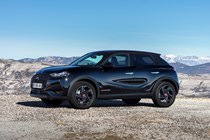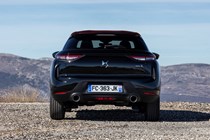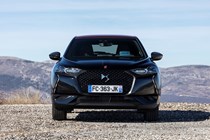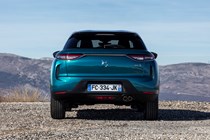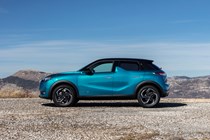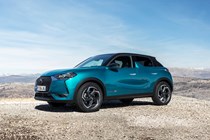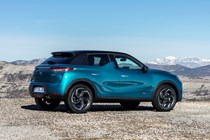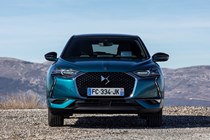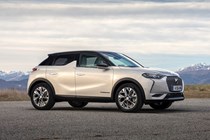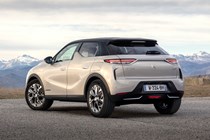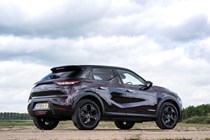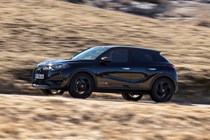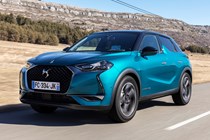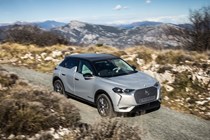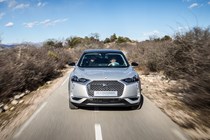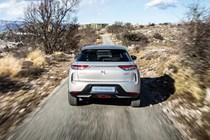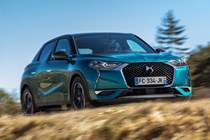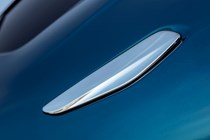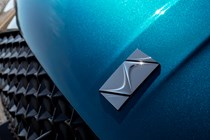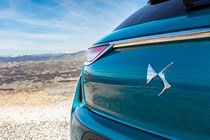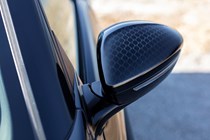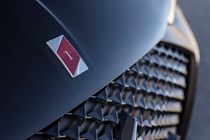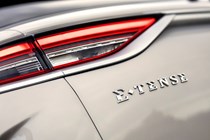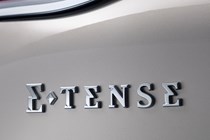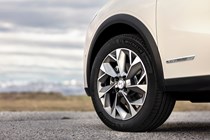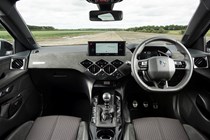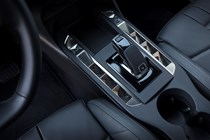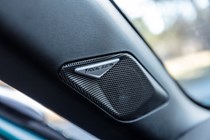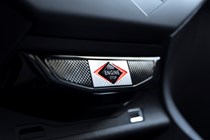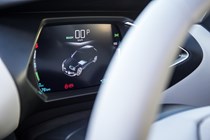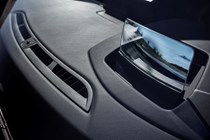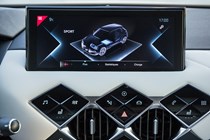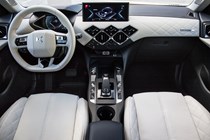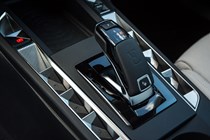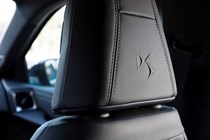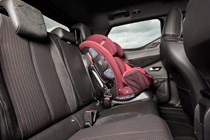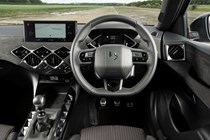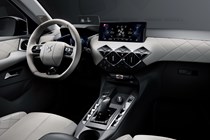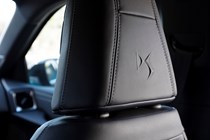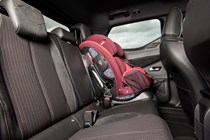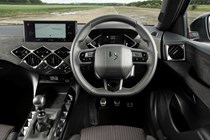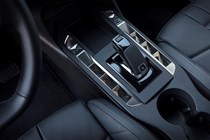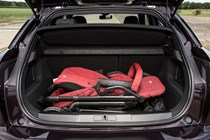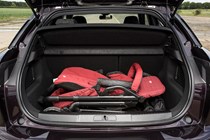
DS 3 Crossback SUV (2019-2022) running costs and reliability
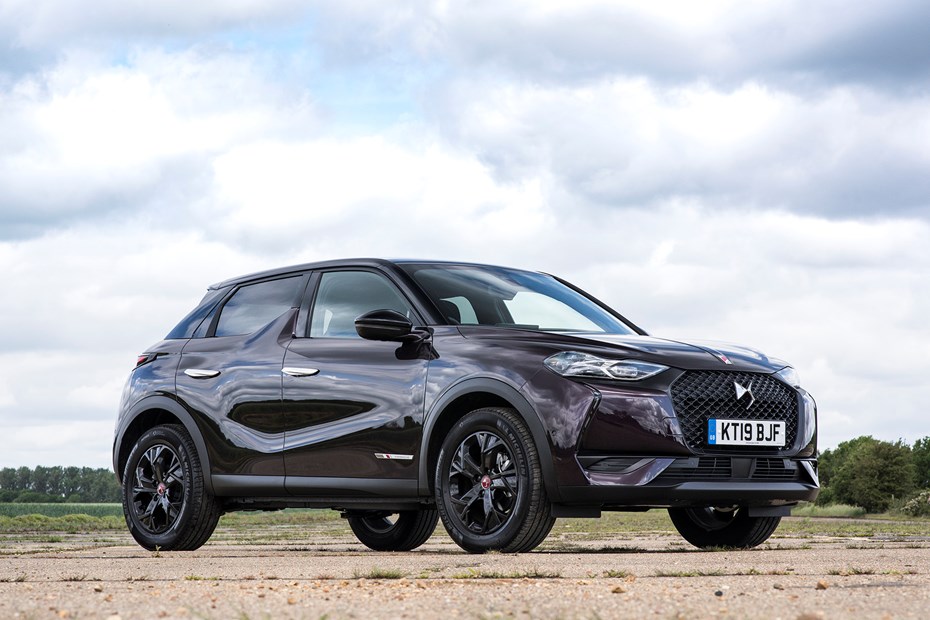
Miles per pound (mpp) ⓘ
| Petrol engines | 6.1 - 7.3 mpp |
|---|---|
| Diesel engines | 7.0 - 8.0 mpp |
Fuel economy ⓘ
| Petrol engines | 41.7 - 49.6 mpg |
|---|---|
| Diesel engines | 54.4 - 62.8 mpg |
- Generally cheap to run on fuel and tax
- Diesel is still best for high-mileage users
- Electric E-Tense aims to achieve 186 miles per charge
The DS 3 Crossback range is generally quite cheap on fuel and tax, though finance costs are a little higher per month than the equivalent MINI Countryman.
If you want to stick with a petrol engine, the PureTech 100 achieves the highest claimed fuel consumption figures, with a range of 46.0 and 52.0mpg on the combined WLTP cycle.
Work your way up the range and the PureTech 130 achieves between 42.2 – 47.1mpg, while the most powerful Puretech 155 drops down to 41.7 – 45.7mpg.
This won’t be a particularly expensive car to run, but the equivalent engine in the Audi Q2 with its 150hp 1.5-litre engine and cylinder shutdown may run it close for fuel economy. Plus the smooth-shifting DSG automatic gearbox in this rival is far more accomplished.
The diesel is still the highest achiever, ranging between 54.4 and 62.7mpg.
Fuel tank capacity is 44 litres.
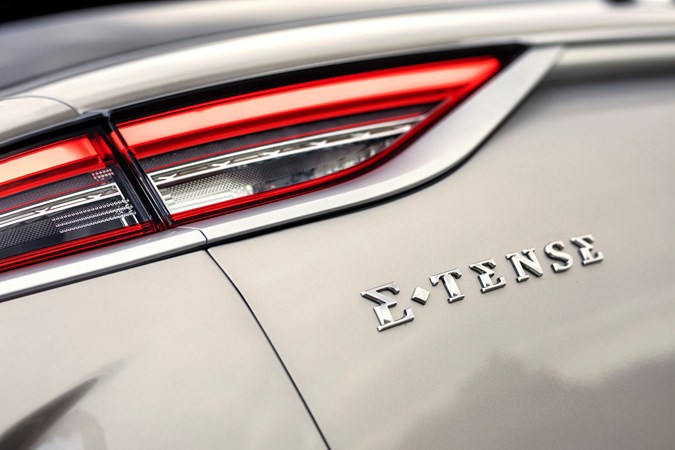
The electric E-Tense has a predicted average range of 186 miles per charge and is claimed to be able to reach 80% charge within 30 minutes with the use of a 100kW charger. Opt for the 11kW wall box fitted at home and this takes five hours.
Green credentials
- Diesel is cleanest of those with a combustion engine
- All engines come with stop-start
- Electric E-Tense version arrives next year
All engines come with stop-start but the cleanest engine to go for is the BlueHDI diesel, producing between 97g/km and 102g/km of CO2.
The CO2 levels produced by the petrol engines are as follows:
- PureTech 100: 105-113g/km
- PureTech 130: 109-117g/km
- PureTech 155: 121-128g/km
The fully electric E-Tense will be the cleanest out of the lot, but you’ll have to wait until 2020. You can read the full review on the E-Tense model here.
Reliability
- Parent company PSA has inconsistent reliability record
- First vehicle to use new platform, so it’s too soon to predict
- Cabin feels plush, questions over electronic systems
The DS 3 Crossback uses a new platform underneath the SUV bodywork, so it’s too soon to predict how it will fare.
Historically, the DS 3 hatchback was subject to a raft of recalls and, while the newer, similarly-sized Citroen C3 Aircross has been an improvement, it’s been subjected to a few as well – relating to wheel bolts, hub bearings and engine components not being up to specification.
The petrol and diesel engines are used across the brand though, so sourcing parts shouldn’t be an issue.
The widespread use of touch-sensitive buttons on the dash could be a concern as you’ll have minimal control of the systems if they malfunction.
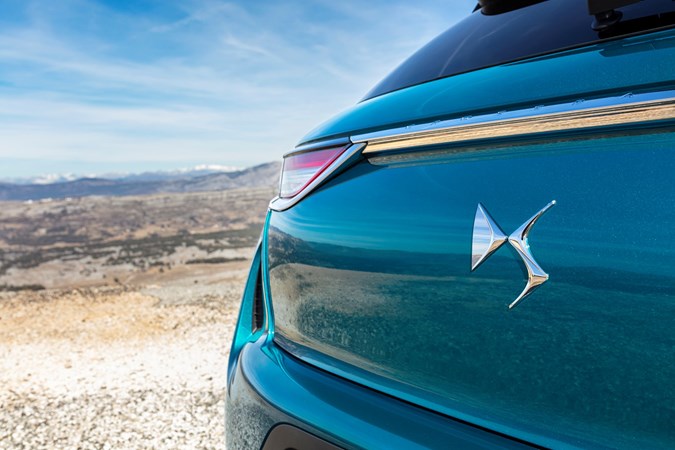
Ongoing running costs
| Road tax | £195 |
|---|---|
| Insurance group | 14 - 25 |
Get an insurance quote with

|
|



